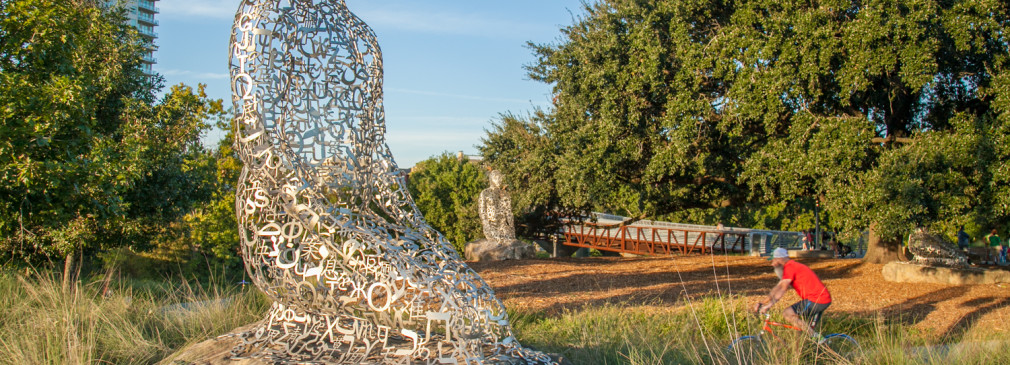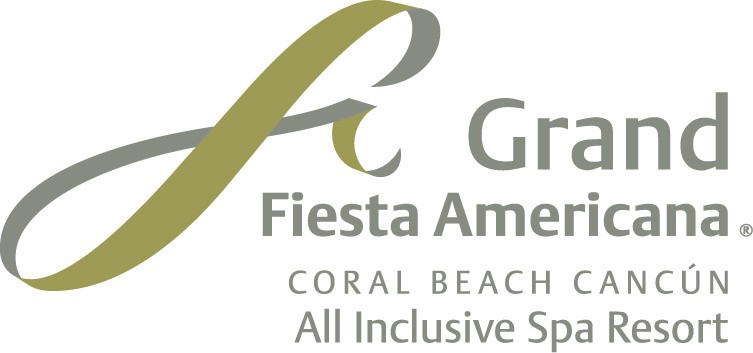
I have a theory that Houston suffers from low self-esteem; it is not as posh as its DFW neighbors to the north, lacks the nightlife and crunchiness of Austin and, it doesn’t have the rich Tex-Mex history of San Antonio. I decided to test my theory in a crowded bar in downtown Houston where I asked people what the first thing that came to mind was when they thought about the city. The answers were varied: traffic, concrete, bayou, highways, J.J. Watt, and food were some of the top replies, but no one mentioned parks, green space or outdoors.
Houston is still seen as a cement city, despite the fact that, according to a study by The Trust for Public Land, it rates first among the nation’s 10 most populous cities in total acreage of parkland (56,405 acres) and ranks first in Texas for total acres of parkland. Buffalo Bayou Partnership is leading the charge to change that, however, and has spent millions of dollars transforming the 160-acre Buffalo Bayou Park into a first-rate Houston destination.
Enhancements to the park began in 2012 with a team that was focused on not only improvements to the area, but also restoration, reuse, and making the park accessible to a diverse community. “Our belief is that projects like Buffalo Bayou will not just add acreage but elevate access and experiences for city residents. Projects like [this] begin to showcase how we can still utilize these waterways through smart design that works with nature,” said Scott McCready, principal and landscape architect with SWA, the firm that helped design Buffalo Bayou Park.
Picnicking under a beautiful tree or in a wildflower meadow is now possible at Buffalo Bayou Park, because invasive plant species and 50% of mowed grass have been removed and replaced with native wildflower meadows and nearly 14,000 native trees. Designers also reclaimed a four-acre abandoned City of Houston water system site and turned it into The Water Works at Sabine Street where you can rent a bike, grab a bite from local food trucks or watch a performance in the open-air Hobby Family Pavilion. You can also visit “The Cistern,” which was built in 1927 as the City of Houston’s first underground drinking water reservoir. Abandoned for decades, it will now be one of the features of the park with temporary art and lighting installations.
One of the most visually striking examples of the park’s improvements is Lost Lake. What was once an abandoned water structure filled with trash and inhabited by weeds is now a beautiful area surrounded by wetland gardens with benches and tables. It is near one of two visitors centers where you can rent kayaks, stop to use the restroom or grab a drink or bite to eat at The Kitchen at the Dunlavy, where the food is both seasonal and locally sourced. You might love Lost Lake so much that you want to host a party there; you can do that too at The Dunlavy, which is a large multi-purpose private event space overlooking Lost Lake.
Bike, walk, or run along the miles of separated pedestrian and biking trails connected by a series of pedestrian bridges which have turned the park into an easy to navigate loop. Little ones will have fun at the Barbara Fish Daniel Nature Play area which has water and sand play areas, slides, a stream, climbing areas and a three-story tree house and boat deck. Four-legged friends will have a blast at the two-acre Johnny Steele Dog Park. Spacious and shady, it has large and small dog areas with ponds, plenty of room to run, and dog-washing stations.
Buffalo Bayou Partnership has succeeded in getting people off the freeways and out of their homes to fully experience what a green space in Houston can offer. We don’t have to worry about Houston’s self-esteem any longer; it is obvious that Buffalo Bayou Park has turned Houston into one of the #coolkids at the party.














